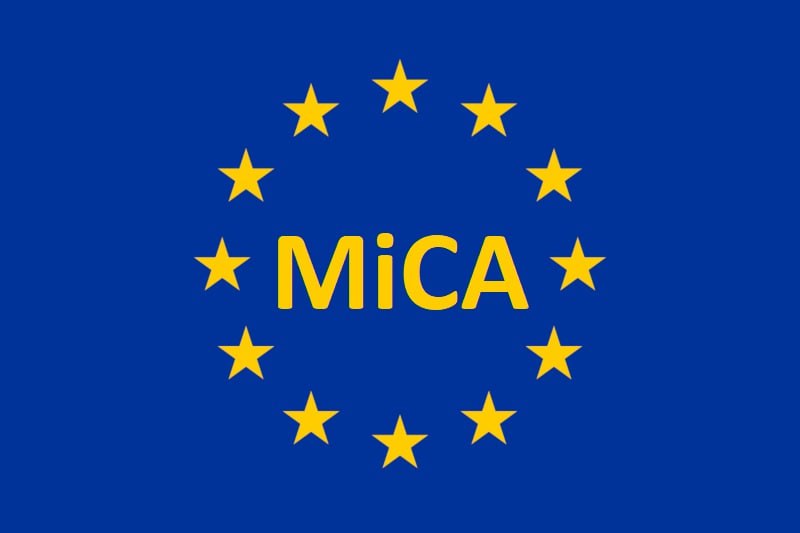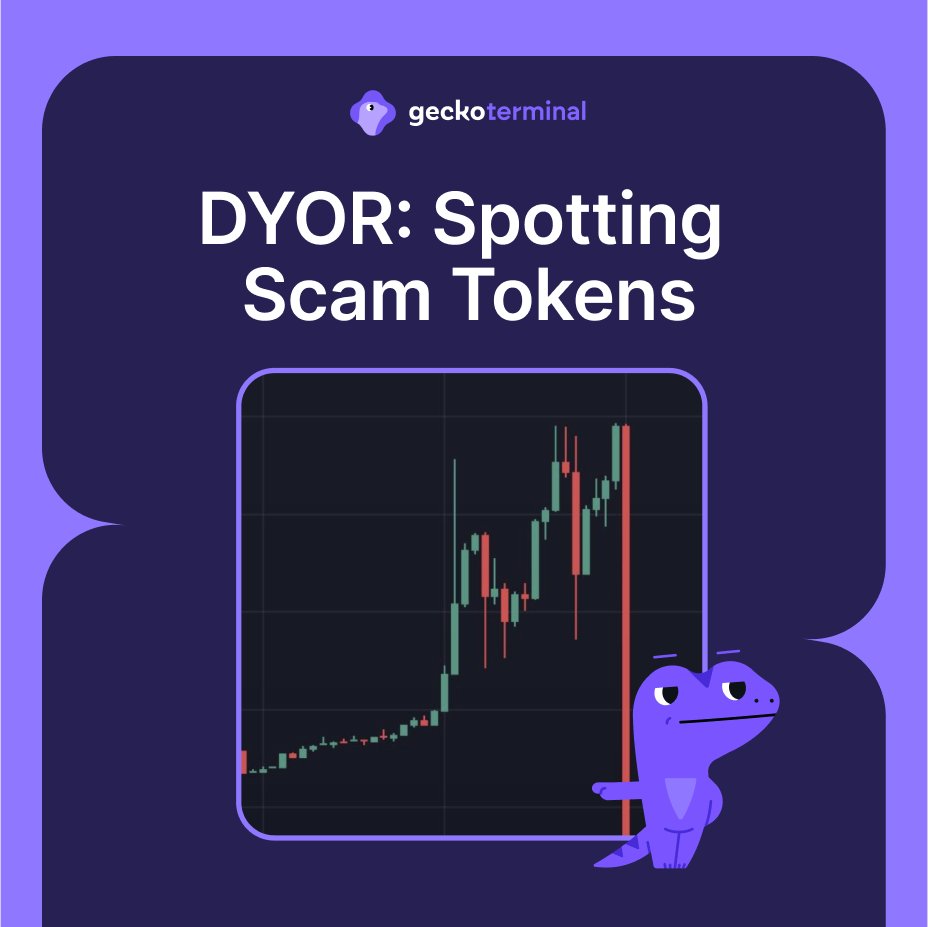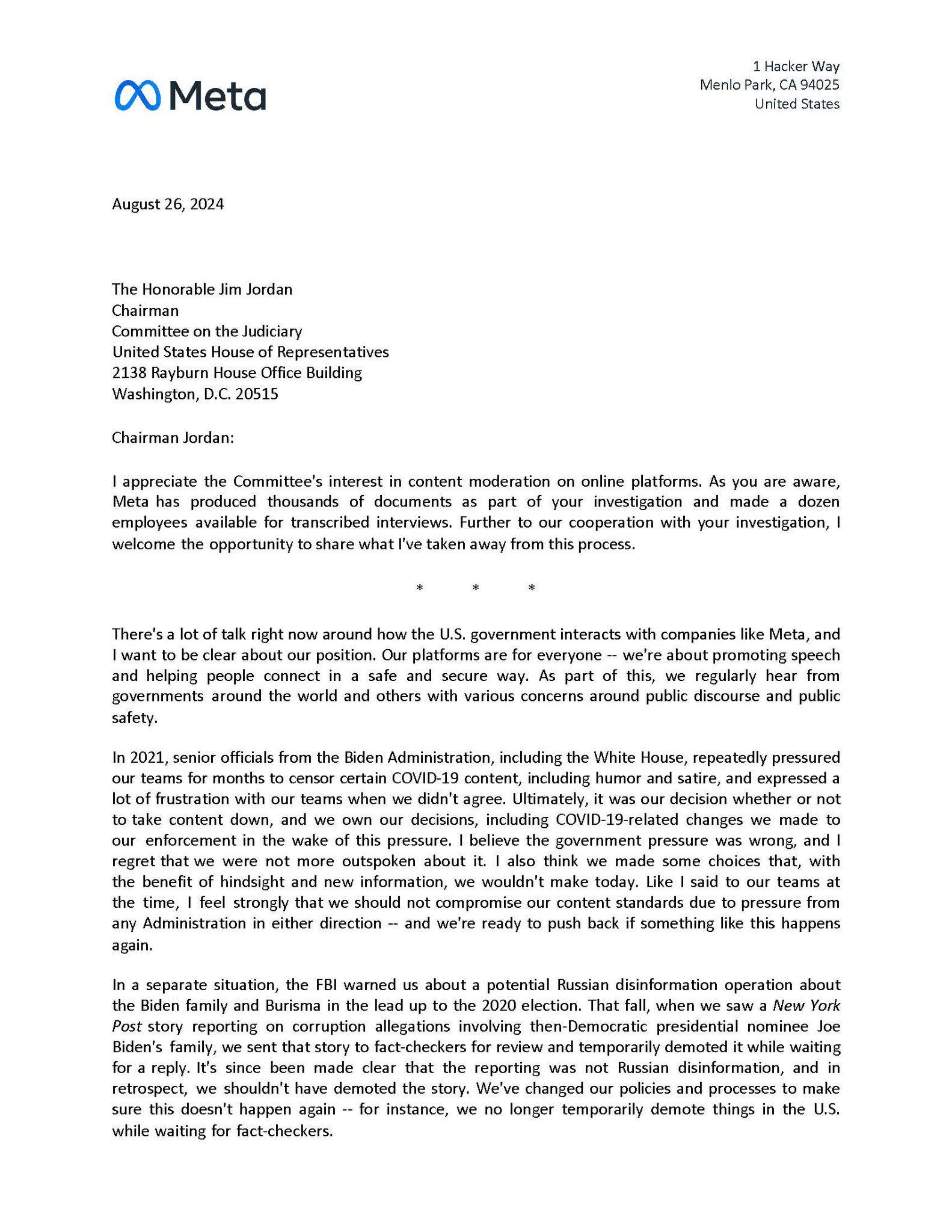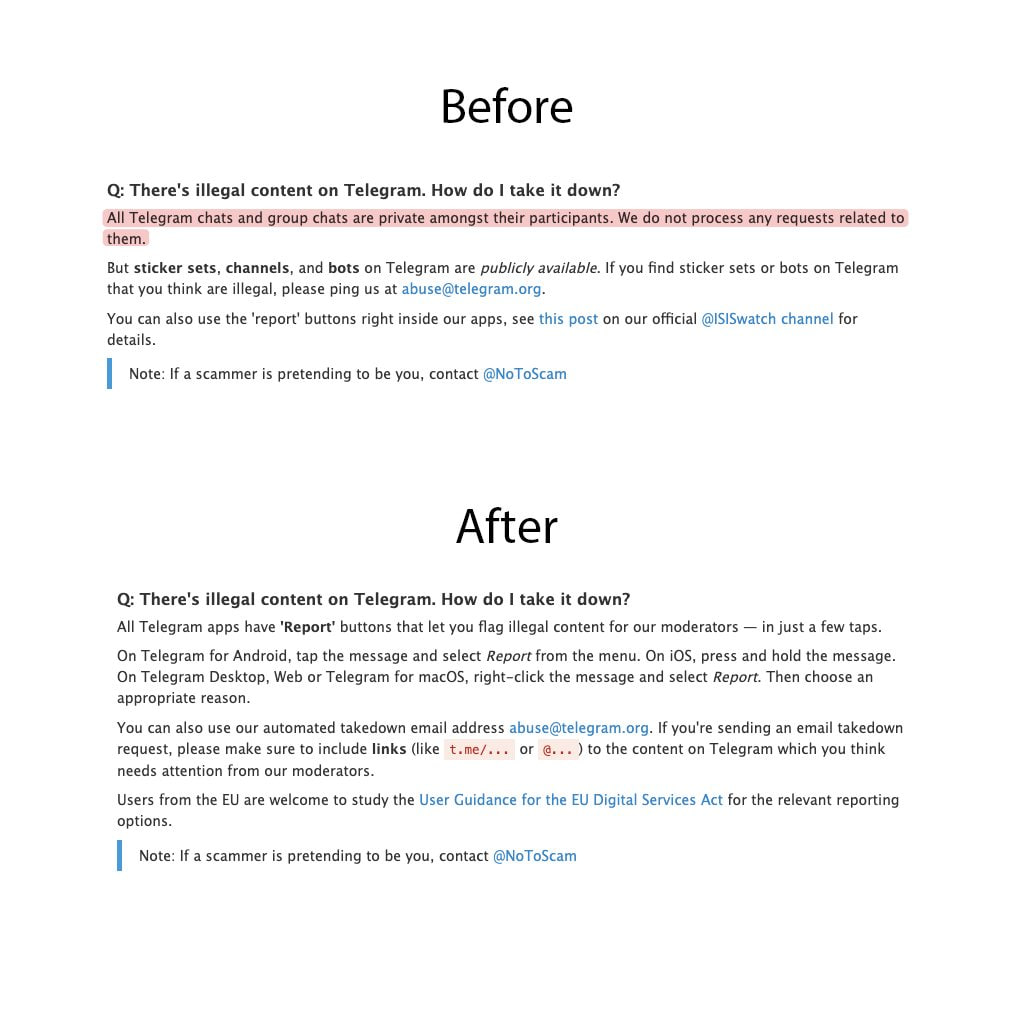MiCA (Markets in Crypto-Assets) is a regulation introduced by the European Union to oversee the cryptocurrency market. It establishes uniform rules for all participants in the crypto industry to ensure transparency, security, and protection of user interests. Initially, MiCA focuses on stablecoins that fail to meet the new requirements. Affected assets include USDT, PAX, PYUSD, GUSD, GYEN, and DAI.
The restrictions will come into effect on December 13, 2024, and will apply only to European customers of Coinbase Europe Limited and Coinbase Germany GmbH.
What about USDC?
USDC is not subject to the new restrictions, as Circle, the issuer, has already obtained the necessary EU license. This means USDC will continue to be traded on Coinbase without any changes.
The situation with Tether and other stablecoins
Tether, the issuer of USDT, has not yet secured a license but still has time to comply. The deadline for submitting documents and obtaining authorization is December 13. Coinbase advises users to convert unlicensed stablecoins to USDC or EURC to avoid potential issues once the new rules take effect.
Challenges for Tether licensing
It remains uncertain whether Tether will agree to comply with the new EU regulations. One major obstacle is the requirement to hold at least 60% of reserves in banks located within the European Union. This could prove challenging for the company and influence its decision.
Why is MiCA important?
MiCA aims to create a more stable and predictable cryptocurrency market. Its goals include reducing risks for investors, preventing liquidity crises, and ensuring compliance with EU financial standards. For cryptocurrency companies, this means adapting to the new requirements to maintain access to the European market.
In summary, MiCA represents a significant step in regulating the crypto industry, setting the rules for all participants and establishing standards that may serve as a model for other regions worldwide.








